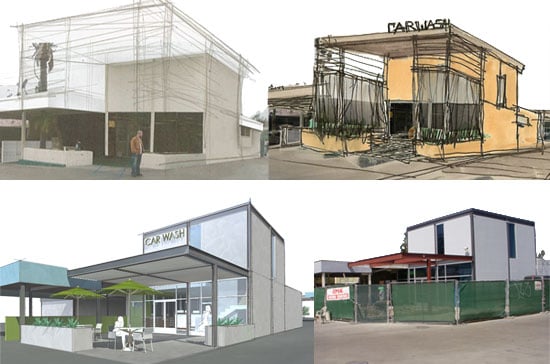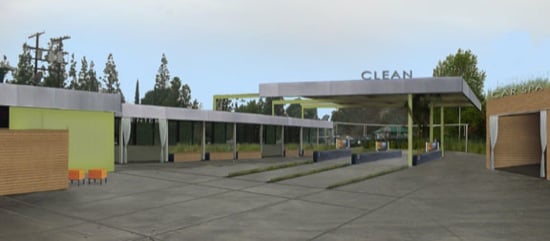This post is part of the How to Start an Architecture Firm series.
In February 2006, the three of us went to work on forming our own architecture firm. The following is tip number three of seven in our start-up strategy.
Tip 03: Get Advice

After nearly four years in business, I can say with great certainty that we wouldn't have survived more than a year without getting great advice from some key people.
Asking for advice is easy. People love to give advice and share their success stories.
Our advice came from the following four groups:
1. Family
Aside from getting your family on board with the idea of you going out on your own, you should also get their advice. There's a good chance that at least one person in your family has started their own business.
2. Friends
While we received great business advice from many of our friends, there are two in particular that stand out:
|
Sam Sam is an entrepreneur. The three of us went to USC with Sam. And while we were drawing and building models over in architecture school, Sam was in business school learning to be an entrepreneur. Actually, Sam had always been an entrepreneur. It's in his blood. There's a rumor that as a child, he outsourced his chores to other kids in the neighborhood, maintaining a cut for himself. When his Mom found out, she was too proud to punish him. |
 Sam will likely kill me for profiling him on our blog. Sam will likely kill me for profiling him on our blog. |
By the time we formed Modative, Sam was on his third business start-up. He advised us to be cheap (see Tip 01) and to do much of the start-up work ourselves (see Tip 02), such as forming our own corporation. Sam also got us started on internet advertising years before the bulk of the architecture industry caught on.
The fact that Sam is not an architect was actually an asset. He taught us to question norms within the industry. Sam continues to push us today.
|
Jon Jon is another good friend from USC. Jon is a lawyer. He lives in Northern California. While in Tip 02: DIY, I recommended to avoid hiring a lawyer, as our business grew, we found ourselves needing legal advice on contracts and other minor items. Instead of hiring an attorney, we've asked Jon for advice. In return for his help, he always has a place to stay when he frequently visits Los Angeles. And when the time comes for Jon to build his own house, he'll cash in all those favors. If you'd like Jon to be your lawyer, he can be found here - Tingley Piontkowski LLP Jon will probably also be less than pleased that I've profiled him on our blog. Now we'll need a new lawyer friend to defend us in a lawsuit from our first lawyer friend.
|
 |
3. Network
Guessing and gut instinct are not good business strategies. Finding an expert or someone who's been there before will dramatically increase your rate of success. Beyond your family and close friends, there's a network of people that can help you with just about anything.
Need advice on web design? Chances are you know, or your friends know, someone that is a master web designer.
4. Competitors
Overall, I would say that the architecture industry is pretty amicable. Advice flows freely. We used this to our advantage early on, meeting with established architects that would later become our competitors. The idea was not to steal from them, but to learn from them.
Since then, we've met with numerous younger professionals trying to start their own firms. We share with them (and now you) like other firms shared with us, knowing full well that they might become our competitors in the future. A full circle of idea sharing.
Stay tuned over the next several weeks as we fill in the last four tips of our 7 Tips for Starting an Architecture Firm.
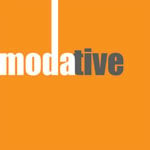 |
7 Tips for Starting an Architecture Firm |
 |
00 BootstrappingNot a tip, but a critical theme in our start-up adventure. posted 12.03.09 |
 |
01 Be Cheapposted 12.08.09 |
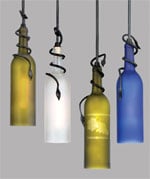 |
02 DIY (Do It Yourself)posted 12.18.09 |
 |
03 Get Adviceposted 12.22.09 |
 |
04 Learn from the Badposted 01.22.10 |
 |
05 Start and Stay Smallposted 03.03.10 |
 |
06 Stay Flexibleposted 04.05.10 |
 |
07 Plan It Outposted 03.13.12 |
Want to stay up to date as we post the 7 Tips to Starting an Architecture Firm? Subscribe to this blog by adding your email to the subscribe form on the right.


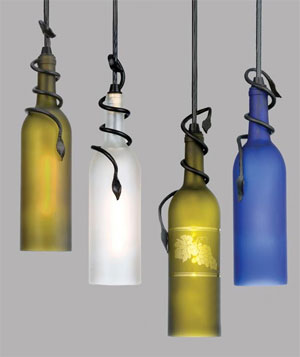

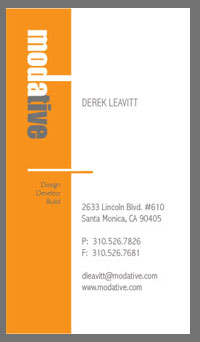
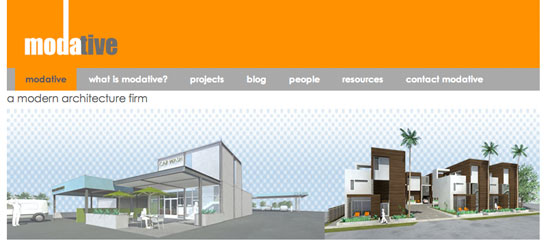
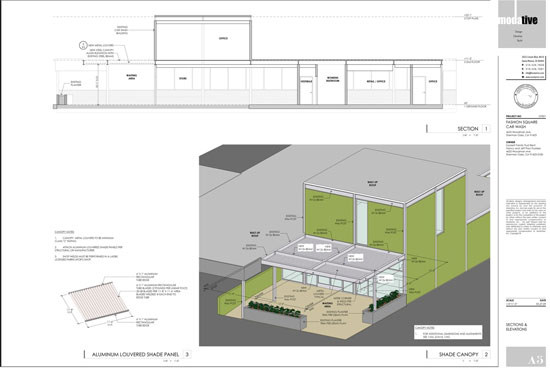
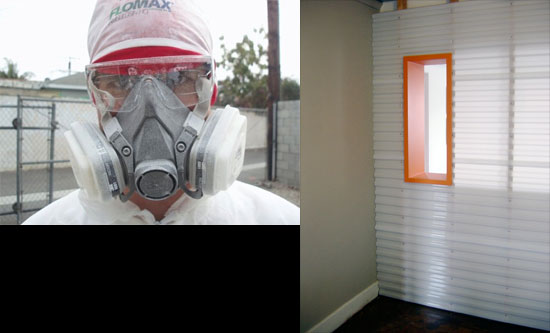


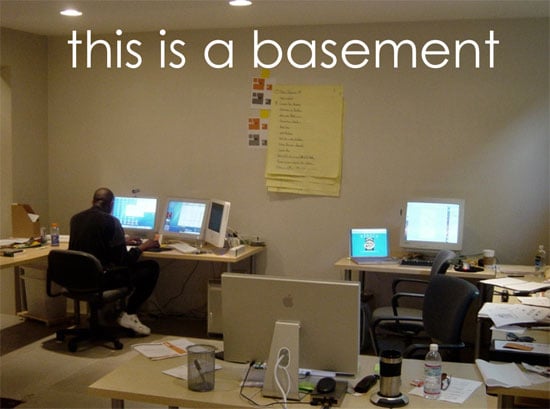

 Modative's founders, February 2006, at the Disney Concert Hall in Los Angeles celebrating at the end of our last day working for other people.
Modative's founders, February 2006, at the Disney Concert Hall in Los Angeles celebrating at the end of our last day working for other people.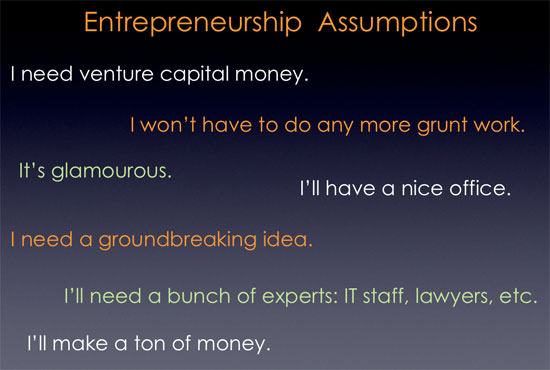


 This group has been educating us on what it takes to be become a licensed doctor in dramatic, scandalous fashion.
This group has been educating us on what it takes to be become a licensed doctor in dramatic, scandalous fashion.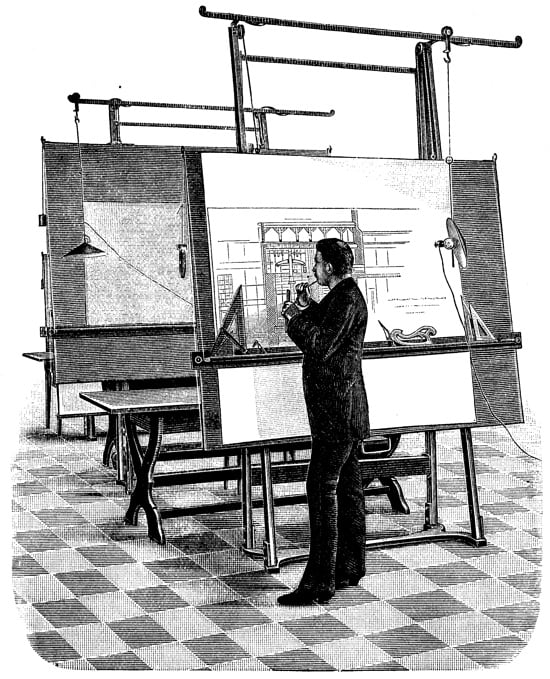 Is this still how the public perceives architects? It would really hurt my back to work like that. Image from
Is this still how the public perceives architects? It would really hurt my back to work like that. Image from 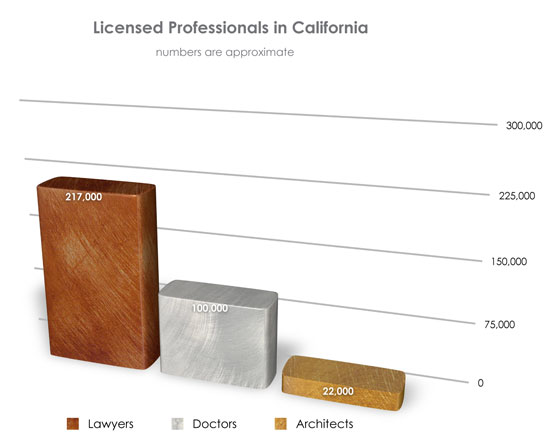


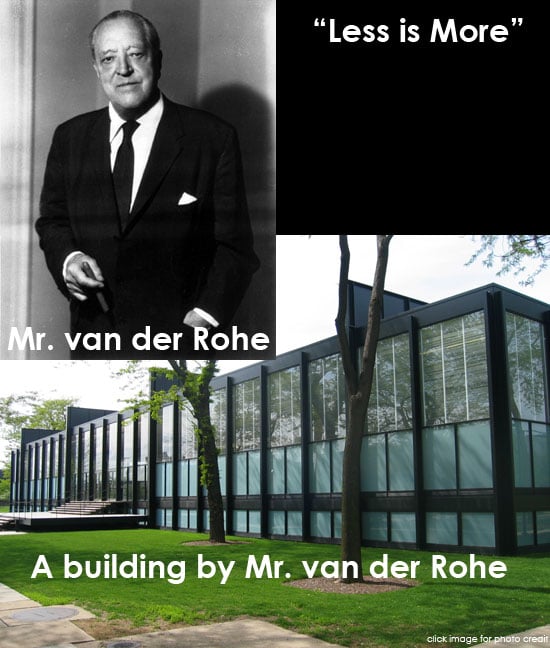

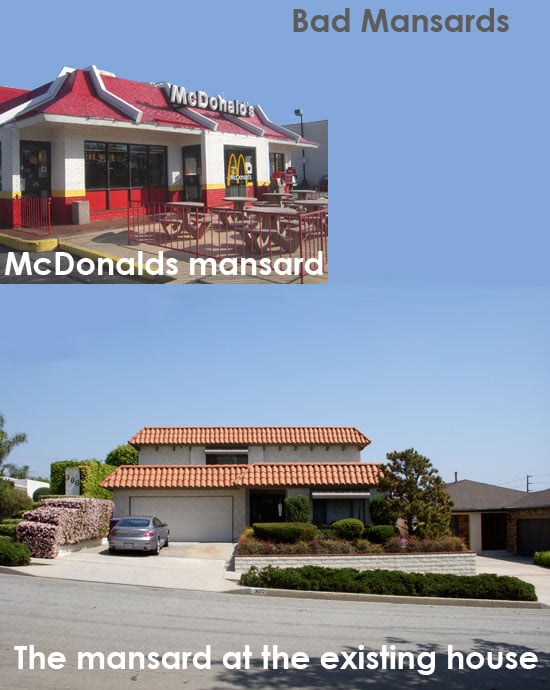
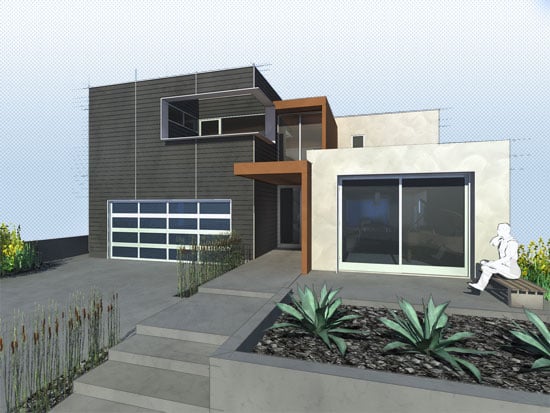
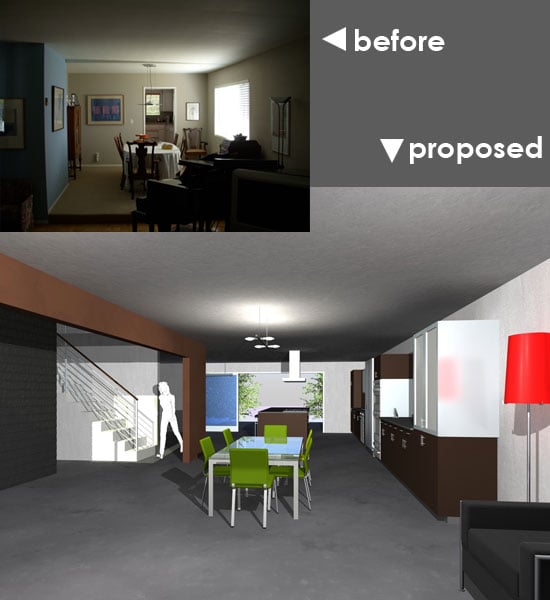 The 360 House - reconfigured ground floor
The 360 House - reconfigured ground floor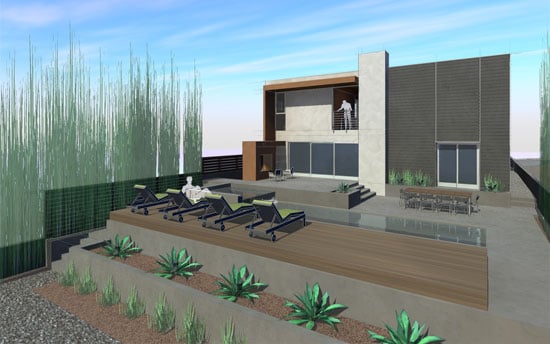
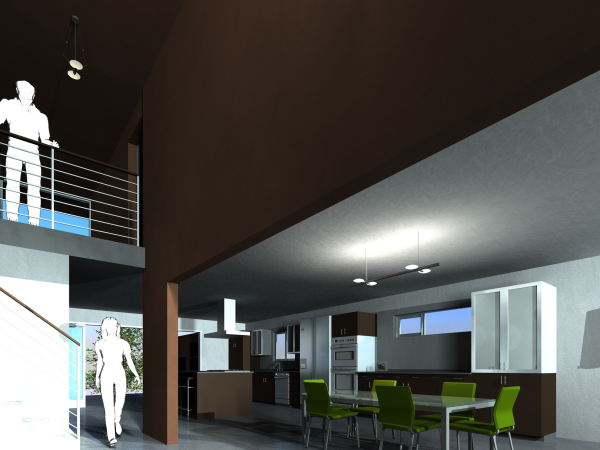 The 360 House - Adding volume to the interior
The 360 House - Adding volume to the interior








